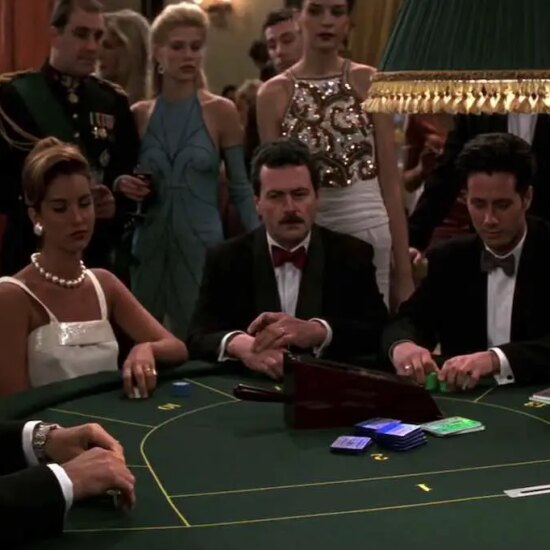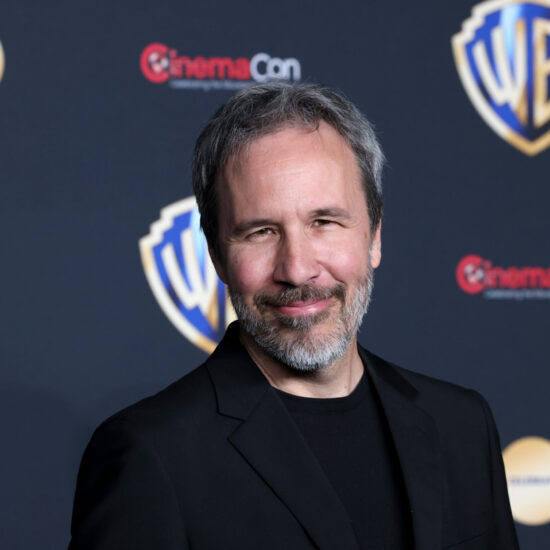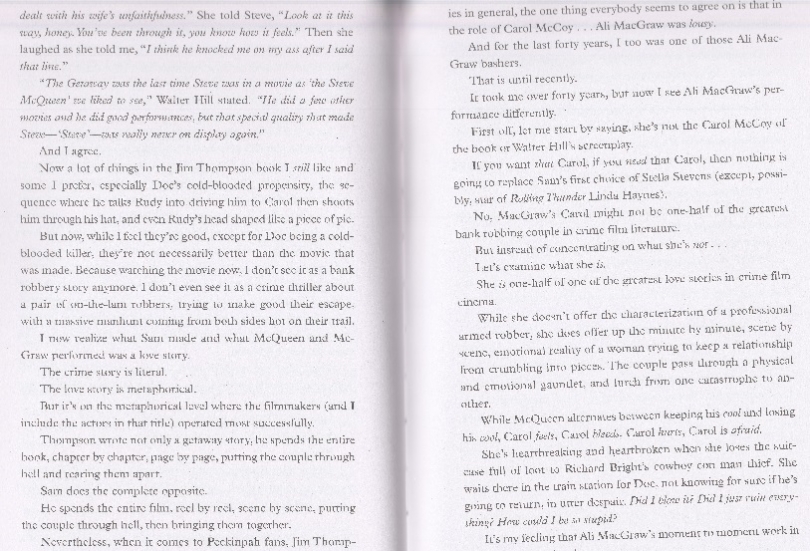
Quentin Tarantino’s ‘Cinema Speculation’: Autobiography? Encyclopaedia? Critiques?…Keep Speculating!
Confined by time (1968-1981) and restricted to select genres, like revenge, gory violence, exploitation and blaxploitation, Quentin Tarantino’s 392-page hard-cover Hachette publication is a voyage of discovery that is not for the feeble-hearted or the purist. In baseball and cricketing terminology, he hits the ball all over the park. Though he was born in 1963, the (restricted entry) films of the 60s and early 70s that feature in his ‘anthology’ were seen either much later or were seen in their first run thanks to ushers who looked the other way when he tagged along with his mother, who was a movie buff.
As a director, he has made nine films, the first being Reservoir Dogs (“The title meant nothing. It just sounded nice)”, Pulp Fiction and Once Upon a Time in Hollywood. He has said time and again that he will probably make one last film, his tenth, and then retire from film-making, concentrating on writing books, once he turns 60. This is his 60th year, and though the much-awaited tenth film did not arrive, a book did, in 2022. Herein, you get to know his opinions on a 100, maybe more, Hollywood movies, their directors, their screenplay writers, their actors (including bit players) in a back-and-forth, flashback-flashforward roller-coaster ride that you are not likely to have experienced before.
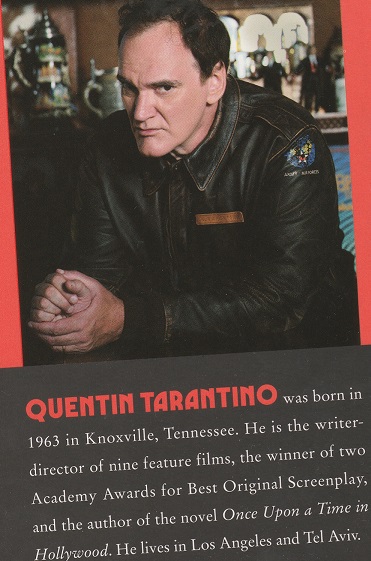
Besides his mother, her boy-friend and a man called Floyd Ray Wilson, a black man who was dating his mother’s flat-mate and later came and lived with the family for a while, spurred the urge to discover more at the movies. Quentin later ran a VHS rental service, and that gave him an opportunity to see his chosen films time and again. He short-lists the following films for a before, during and after discussion: Bullitt (1968), Dirty Harry (1971), Deliverance (1972), The Getaway (1972), The Outfit (1973), Sisters (1973). At the end of the Sisters chapter, Tarantino writes about Barry Brown, the lead actor of Daisy Miller, who committed suicide at the age of 27: “Who was Barry Brown? What did it all mean? Am I the only one who remembers Barry Brown? Am I enough?”
Soon afterwards, he takes us on a memorable ride with Taxi Driver (1976). Page 211 to 233 will tell you things about the unit of Taxi Driver that you could not have possibly known. Oh, I should have mentioned earlier that Tarantino takes time and space out to dissect reviews and reviewers, and, as expected, does not go with the favourites, often at complete variance with them. Yes, Pauline Kael features, so do Charles Champlin, Kevin Thomas, and more. He also devotes a few pages to Bela Lugosi, the horror icon, and his untimely death.
There is a lot of speculation in the book. What if? What is X had played the lead instead of Y? What if A had directed the film instead of B? It’s a nice game, and you get sucked into it real fast. The only problem is that in this part of the world (India), most of the films mentioned either did not get a release or were released in a heavily censored version. This was particularly true of the period 60s-80s. Another fact was that Hollywood films would be released in India up to three years after their American release. And a lot of his references are to the ‘heavily censored’ scenes, so Indians will find it impossible to relate to them, unless they watch them now, at home, without the spectre of censorship. Secondly, there are so many American references that you may never get the context of most of them. You will get to know what I mean when you reach the chapter ‘What if Brian De Palma Directed Taxi Driver Instead of Martin Scorcese?’
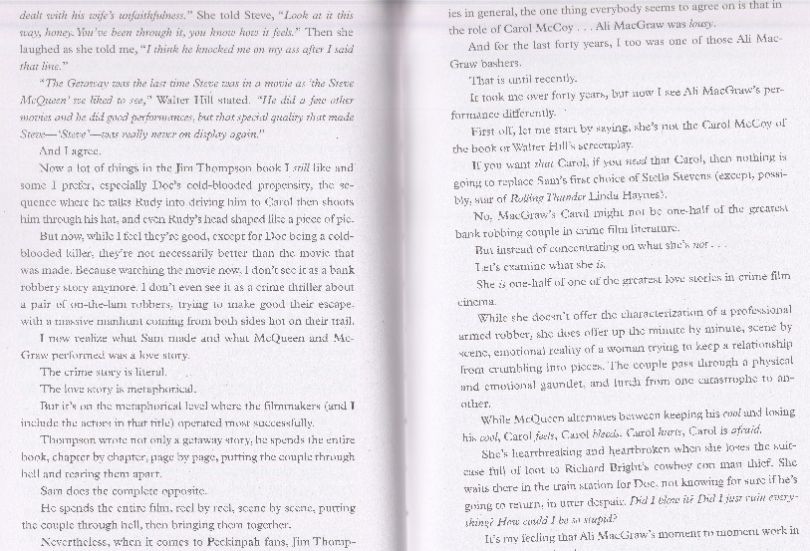
Next in his list of selected favourites are Rolling Thunder (1977), Paradise Alley (1978), Escape from Alcatraz, Hardcore (1979), The Funhouse (1981) ending with a Floyd Footnote, a tribute to the man who inspired Django Unchained, but who could never get a screenplay sold.
It is easy reading, impressively written, with language hovering between the literary and the ‘f’ word (galore). The print-face and paper is easy on the eye. Some parts do seem repetitive, but they are there to give emphasis. Many of the films he talks about were seen as a double feature, a system that might be alien to Indians. You could see two films, successively, for the price of one or choose which one. Of course this was confined to select cinemas and slightly older movies.
You cannot but marvel at the amount of information Quentin Tarantino packs into the book. For a non-American who is interested in Hollywood, this is an encyclopaedia. It is, at the same time, in small measure, his autobiography. After reading Cinema Speculation, you realise why his screenplays and dialogue are so effective. Tarantino has very good command, over the English (American) language and the medium of cinema. Not to mention an elephantine memory. Of course, seeing each film a number of times helps sharpen that gigabyte edge.
If there is one thing you miss in the book, it is more pictures. Guess the copyright laws in the USA must have come in the way of this added attraction.
Don’t speculate! Get a copy.













